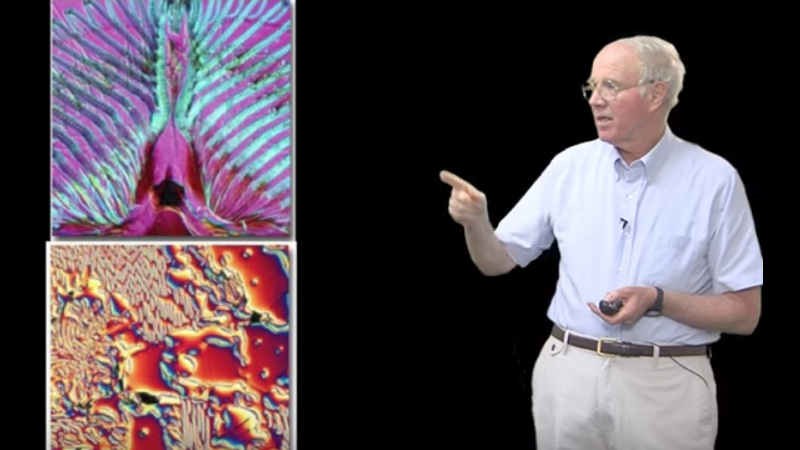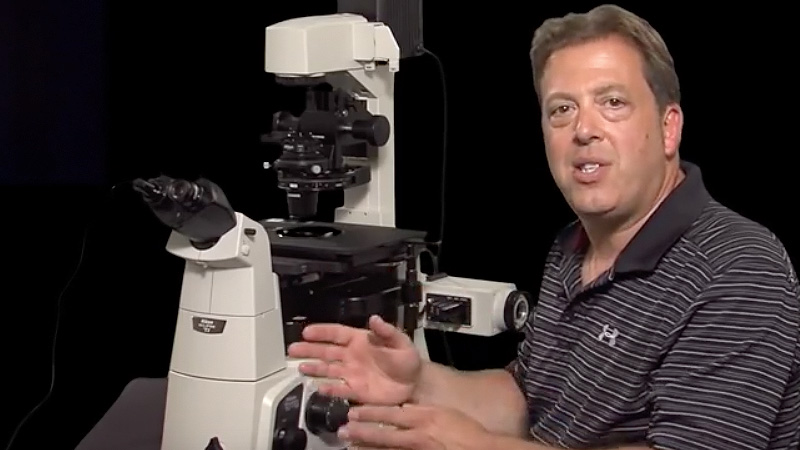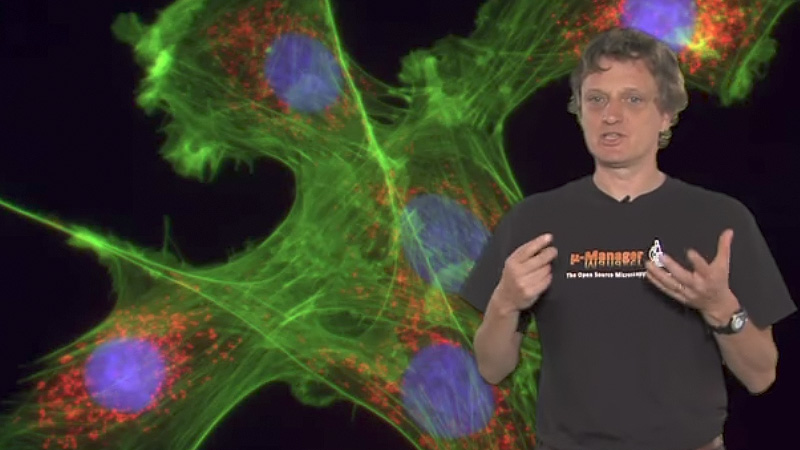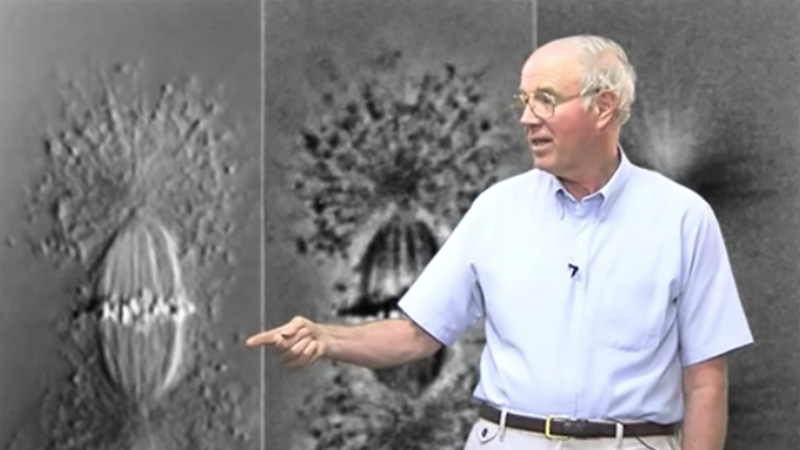Talk Overview
Shinya describes examples of using polarization microscopy to image living biological organisms, including watching processes of mitosis.
Speaker Bio
Shinya Inoue

Dr. Inoue is a Distinguished Scientist at the Marine Biological Laboratory in Woods Hole, MA. He has made numerous contributions to microscopy and cell biology, including developing polarized light microscopy and video microscopy. Inoue was awarded the Order of the Sacred Treasure by the Government of Japan and is a member of the National Academy… Continue Reading








Leave a Reply